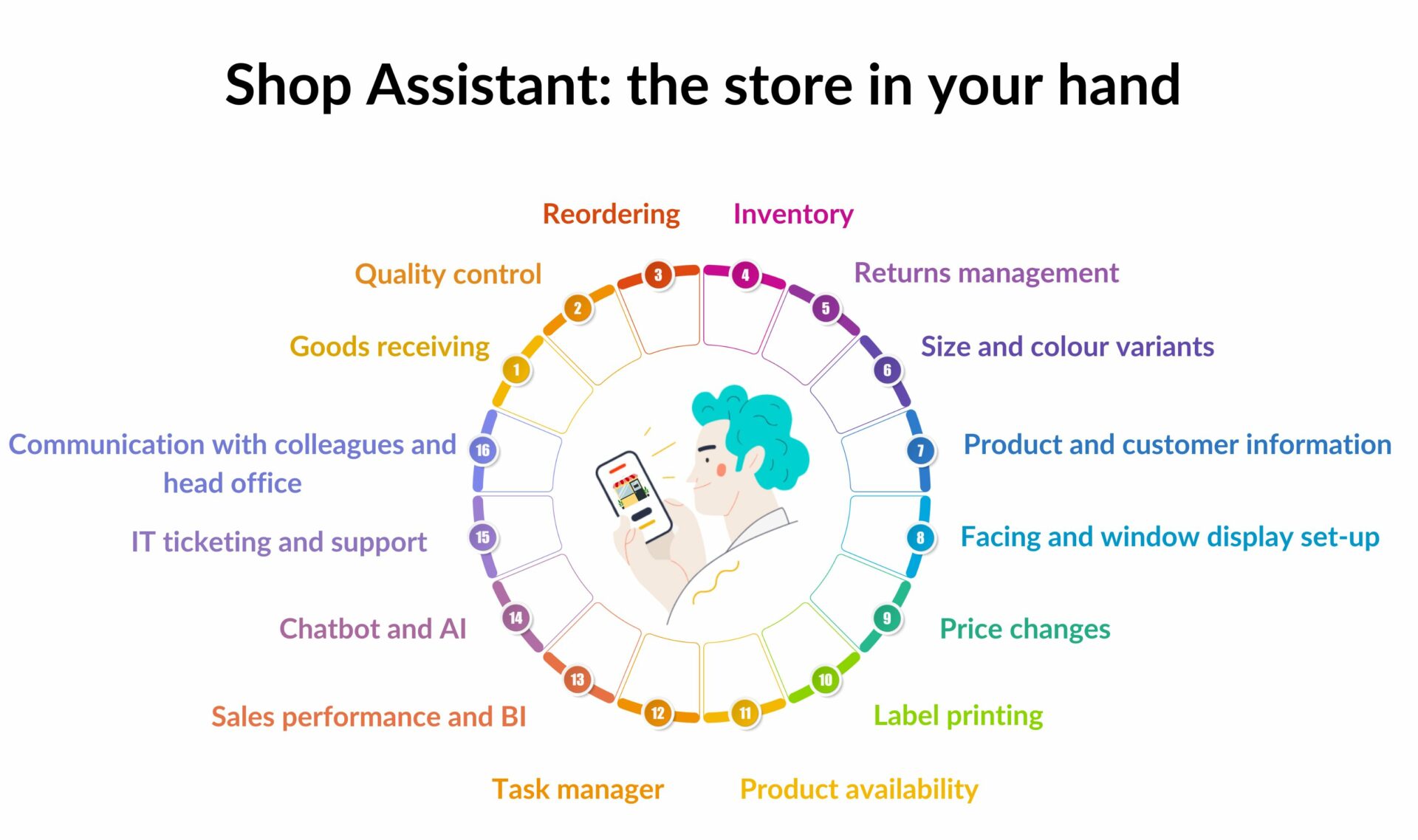Managing a fashion store requires careful attention to several aspects in order to ensure the best possible experience for both customers and staff. But what are the key elements we cannot overlook?
Let’s start with a fundamental aspect of running a successful fashion store: the effective management of stock. This process involves a series of activities, from receiving products – which must always be available to customers – to displaying them in-store in a way that ensures an attractive presentation.

The key requirement for any store is to always have the right quantity of items available, avoiding both overstocking and stock shortages. This can only be achieved through accurate inventories, which provide a clear picture of what is already in stock and what needs to be reordered. Store managers must constantly monitor sales trends and product assortment levels in order to quickly identify the most popular items and place reorders to avoid unwanted stockouts.
Once the order has been placed, the reception of goods becomes crucial: products, upon arrival, need to be checked to verify both their quality and their consistency with the original order.
At this stage, products must be arranged in the store so they are easily accessible for both customers and staff, enabling the latter to meet customer requests quickly and efficiently. An effective organisation of the sales space significantly enhances the overall in-store shopping experience.
In addition, sales assistants need to be constantly informed about products, fashion trends and stock management procedures. Take promotions and sales periods, for instance: updating labels and changing prices must be done quickly and accurately, ideally directly on the shop floor with the help of portable printers to streamline the process.
Another essential aspect is customer communication: shop assistants should be able to share valuable feedback collected from customers with colleagues in the store and across the wider chain, in order to continuously improve the in-store experience.
Finally, for franchised stores, it is particularly important to manage consignment stock, as well as the receipt and return of goods at each individual store.
When we talk about customer experience, it is essential to consider every available channel: online and offline, physical and digital must be integrated to deliver a seamless shopping journey.
Today, customers expect to collect online orders in-store or return online purchases directly to a shop. A simple example, yet one that requires precise synchronisation of inventory and customer data across all channels.
Equally important is the ability to look up stock in other stores: this allows a shop assistant to provide a solution for the customer, even when a specific size or item is unavailable locally.


People working in stores can benefit from digital tools and services that simplify their daily tasks and support them in creating an engaging and well-curated product display, using shop windows and in-store displays to highlight products and their features.
Our experience has shown that a point-of-sale system accessible via mobile app significantly improves the efficiency of sales assistants, giving them the entire store in the palm of their hand and providing: